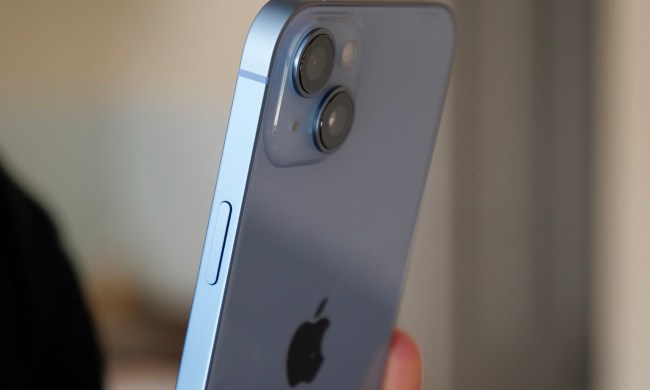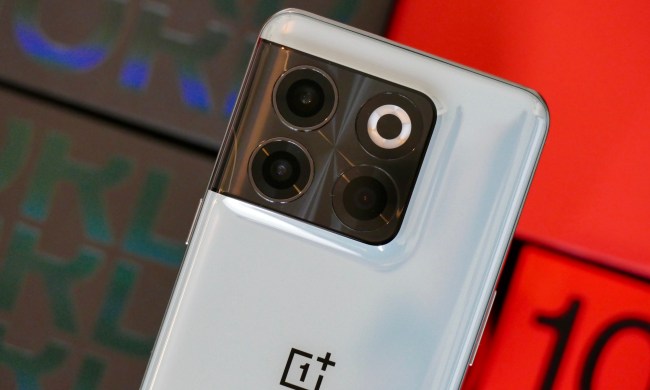Project Ara appears to be moving forward at a steady pace, with some of the first modular components for Google’s highly customizable smartphone expected to be shown off at Mobile World Congress in Barcelona next month.
Modules will be made by a number of third-party firms, among them Toshiba, which this week unveiled three different camera components for the device.
Of course, for those intent on one day exploring the Project Ara ecosystem, the camera will likely be a key module, so what exactly is Toshiba offering?
At the start, users will be able to choose from two rear camera modules – one with 5 megapixels and another with 13 megapixels. At the moment, Toshiba is only offering one front-facing camera component, which packs 2 megapixels.

For those not big on smartphone snapping, the cheaper 5-megapixel shooter, which will also eat up less storage per shot, will probably suffice. But for those desiring something closer to what today’s mainstream handsets offer, the 13-megapixel component will obviously be the one to go for.
However, the beauty of Project Ara means that if you go for that 5-megapixel module and over time develop a greater interest in photography, you can simply swap out the camera module for the 13-megapixel option instead of ditching the entire phone. Not into photography at all? Forget the camera modules altogether and stick in a bigger battery instead.
And if you’re a keen selfie shooter disappointed with the 2-megapixel offering, keep in mind that the ambitious Ara project is still in its very early stages, so expect to see better quality camera units – lots of them – hit the market over time.
Coming soon
Speaking recently at Google’s second Project Ara Module Developers Conference, project lead Paul Eremenko told the attendees to expect a soft launch for the device later this year, though to begin with you’ll have to be based in Puerto Rico to get your hands on the endoskeleton and its various snap-on parts.
And as we mentioned at the start of this piece, be sure to check back for our coverage of Mobile World Congress where we’ll be getting our first close look at a bunch of different components for the modular handset and discovering more about what this exciting endeavor might bring to the smartphone space.
[Via Image Sensors World]


